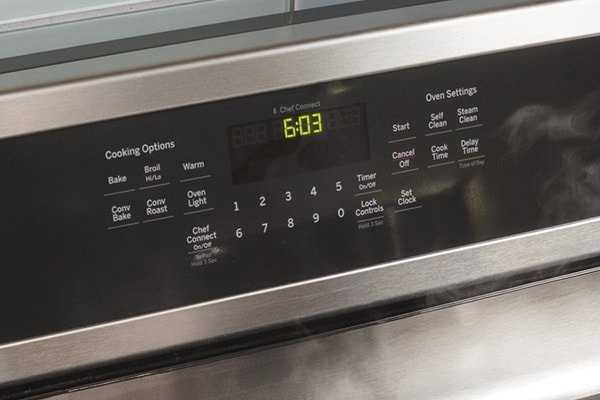
Understanding how to avoid the infamous Error Code E3 requires a bit of insight into what causes it in the first place. Generally speaking, this error often means there’s a communication breakdown between the oven’s control board and its temperature sensor. Think of it like your oven trying to call the sensor on a bad phone line; the message just doesn’t get through. But with proper care and some straightforward preventative measures, you can keep that line crystal clear, ensuring seamless communication and error-free cooking experiences.
Understanding The Root Cause of Error Code E3
Before diving into prevention strategies, it’s crucial to grasp what usually triggers this pesky code. The E3 error typically points to a malfunction in the oven’s temperature sensor. Imagine you’re driving a car with a faulty speedometer — you wouldn’t know how fast you’re going. Similarly, when the sensor malfunctions, the oven can’t accurately gauge its internal temperature. As a result, it might overcook or undercook your meals, or in some cases, not work at all.
The temperature sensor is a small but mighty part that reads the oven’s heat levels and sends that information to the control board. When its connection is loose, or if the sensor itself is faulty, the oven can’t perform as intended. Over time, everyday usage can gradually wear down these connections, much like how a frequently used headphone jack might start to falter.
Environmental factors can also impact the sensor’s performance. Excess moisture, for instance, can corrode electrical connections, while sudden temperature changes might strain the sensor. That said, keep in mind that even high-quality ovens are not immune to these issues, making regular maintenance all the more essential.
Simple Maintenance Tips for Sensor Longevity
If you’re looking to ward off Error Code E3 nightmares, regular maintenance is your first line of defense. Start by ensuring that your oven is always clean. Just as you wouldn’t let grime build up on your favorite sunglasses, you shouldn’t allow it under the sensor’s watch. Grease and dirt can act as a veil, obstructing accurate temperature readings, so a routine cleaning is vital.
Check the connection between the sensor and control board periodically. Think of these as the electrical lifelines of your oven. If they’re loose or corroded, your oven might throw error codes as warnings. Tighten any loose connections, and if necessary, use a non-conductive cleaning spray to clear away oxidation and moisture.
Making sure your oven is level can also help. An uneven oven can lead to uneven cooking and strain components, including the temperature sensor. Use a carpenter’s level to ensure the oven sits evenly on the floor, and adjust the legs if needed. This seemingly minor adjustment can extend your appliance’s life and enhance its performance.
When To Call In The Professionals
There might come a time when DIY measures just don’t cut it. Let’s face it, not everyone is a born tinkerer! If you’ve diligently checked connections and maintained your oven but still encounter Error Code E3, it could be time to call the experts. Just like how you’d consult a doctor for persistent health symptoms, seeking professional help ensures that an expert eye examines your oven.
Certified technicians have the tools and experience to pinpoint issues hidden to the untrained eye. They can perform diagnostic tests, replace faulty parts, and even provide advice tailored to your specific oven model. It might be an investment, but considering the longevity and efficiency it adds to your appliance, it’s a worthy one.
Remember, safety first! If at any point you feel unsure or unsafe while examining your oven, it’s best to step back and call for professional help. Your well-being is paramount, and tackling electrical issues without the right knowledge can be risky.
Long-Term Prevention Strategies
Beyond regular maintenance, adopting some long-term habits can keep Error Code E3 at bay. One vital approach is to use your oven wisely — avoid overloading it or exposing it to harsh conditions. Just like a car can’t function optimally with too much weight, your oven performs best when given appropriate workloads.
Investing in a surge protector can also safeguard your oven’s electronic components from unexpected power surges. These surges are like mini lightning bolts coursing through your circuits, which can damage sensitive parts over time. A good surge protector acts like a shield, ensuring that sudden spikes in electricity don’t fry your oven’s innards.
Lastly, consider setting a reminder on your calendar for periodic professional maintenance checks. Much like regularly visiting a dentist keeps your teeth in shape, routine checks can preemptively tackle any budding issues with your oven and prevent them from escalating into more significant problems.
In conclusion, preventing Error Code E3 in your GE oven or range is all about understanding, maintaining, and making wise choices. With a mix of routine care, strategic precautions, and occasionally leaning on professional expertise, you can keep your oven in peak condition, ensuring it serves you delicious meals for years to come. Happy cooking!